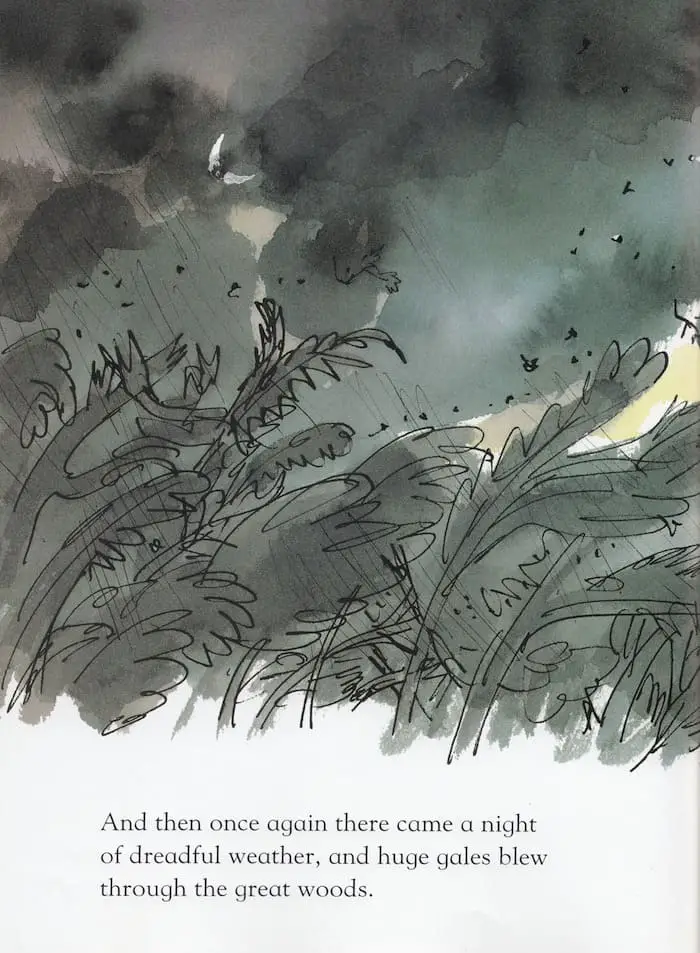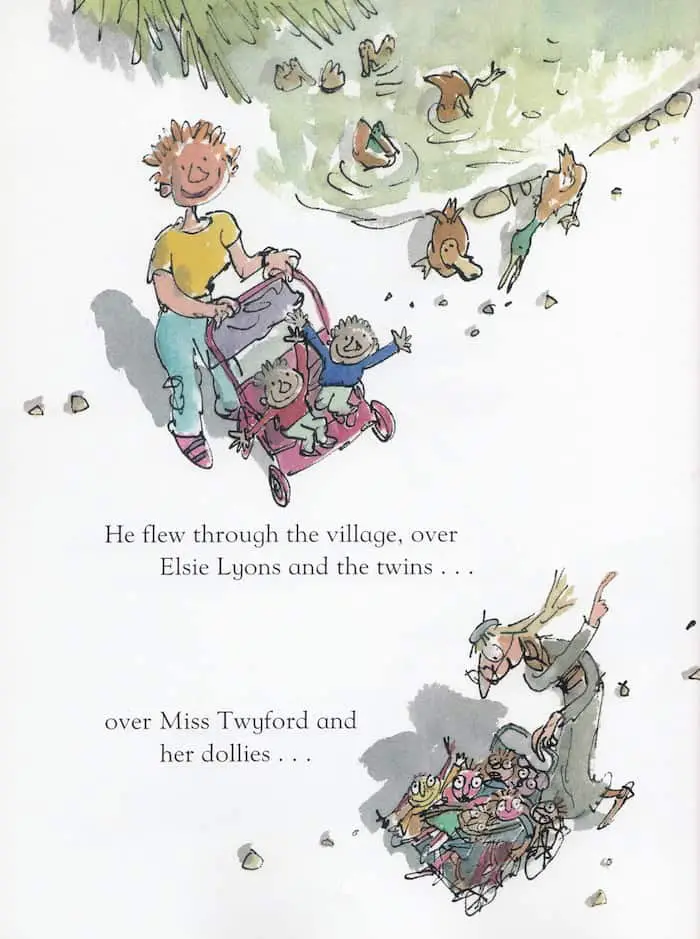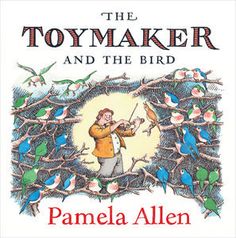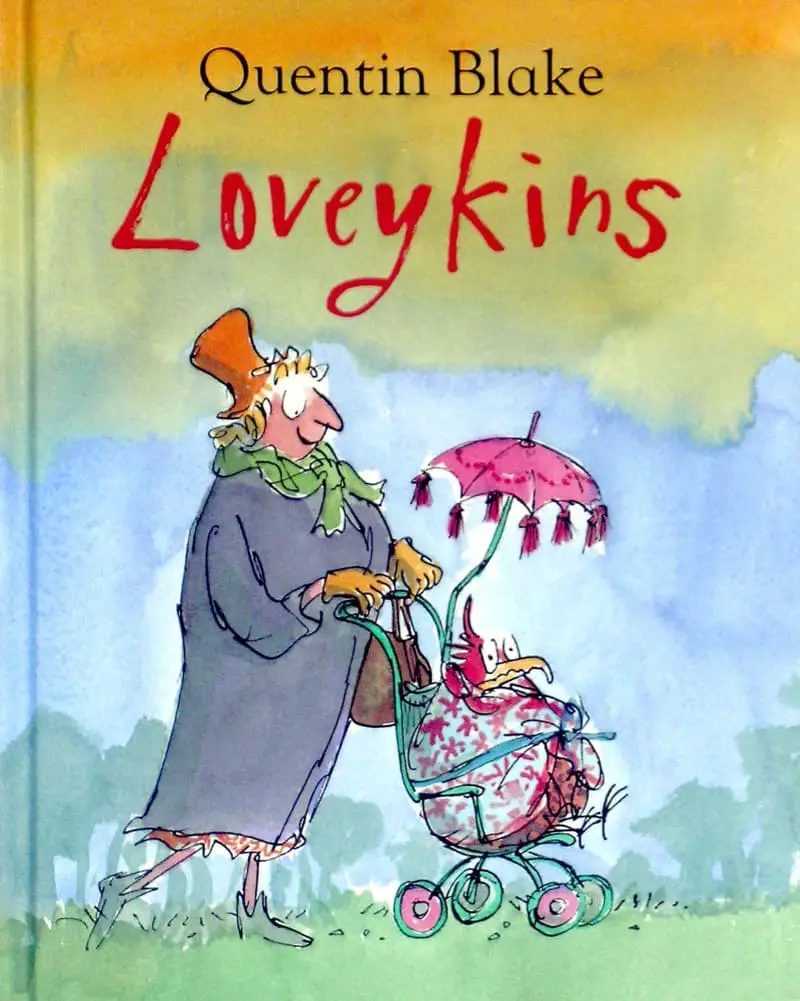The ideology behind Loveykins: Wild creatures, while sometimes requiring some human nurturing if abandoned by their mother as babies, must eventually be returned to the wild.
There is also a message against ‘over-mothering’ in this story. Let wild creatures be wild creatures is a close cousin to ‘let kids be kids’. Another picture book with the same ideology is Lauren Child’s Who Wants To Be A Poodle I Don’t.
You’ll find flying kids and creatures right throughout children’s literature. In this story flight symbolises the most basic of its metaphorical meanings: Freedom. For other symbolic uses for flight, see The Symbolism of Flight in Children’s Literature.
STORY STRUCTURE OF LOVEYKINS
SHORTCOMING
‘My goodness,’ said Angela. ‘It’s a baby bird blown out of his nest. He needs someone to look after him.’
Anglea Bowling seems to be on the look out for someone to look after. When this happens in a picture book, we tend to assume the shortcoming in the main character is loneliness. (In real life, there’s no correlation between ‘caring for others’ and a deep seated loneliness.)
DESIRE
Angela Bowning is just out for a walk, but desire kicks in when she comes across the bird fallen from its nest.
When we see how Angela looks after the bird, we see that she has no idea what birds really need. She treats the bird like a pretty ornament rather than like a wild creature.
OPPONENT
Angela is the bird’s opponent as well as his carer. We can tell from the look on his face that he does not want to be wrapped up in a cardy and placed in a basket.

PLAN
She feeds the bird delicious food, names him Augustus (which reminds me a lot of Roald Dahl’s over-mothered Augustus Gloop), puts him in a pram and generally treats him as a toddler. She obviously plans to keep this bird as a child stand-in for herself.
This story has a basic mythic structure — Angela leaves the house and encounters a variety of different characters. They end up back home for the big struggle…
BIG STRUGGLE
…which arrives in the form of a storm. Another storm, in fact, reminiscent of the earlier one which happened just before the story opened, the one that initially knocked the bird out of his nest. This storm blows the garden shed to bits and has the unintended consequence of setting the bird free.

ANAGNORISIS
Angela faints ‘clean away’ when she sees the shed has been flattened. The bird takes this opportunity to fly off. So the anagnorisis is had by the bird.

Angela comes to eventually and has we see she has realised cacti make more reliable ‘pets’. Angela has filled a new shed with these.
NEW SITUATION
The bird lives like a bird should in the wild and occasionally brings Angela presents in the form of dead mice or beetles. “She never eats them.”
In other words, Angela gave the bird what he needed, but when it was grown he flew off, into the wild, to live as a wild creature should.
COMPARE AND CONTRAST
THE TOYMAKER AND THE BIRD BY PAMELA ALLEN (2009)

In a little house in a dark forest, a toymaker lives all alone.
The Toymaker learns that although he and the little brown bird make enchanting music together, he must let her follow her natural migration patterns and leave him.

